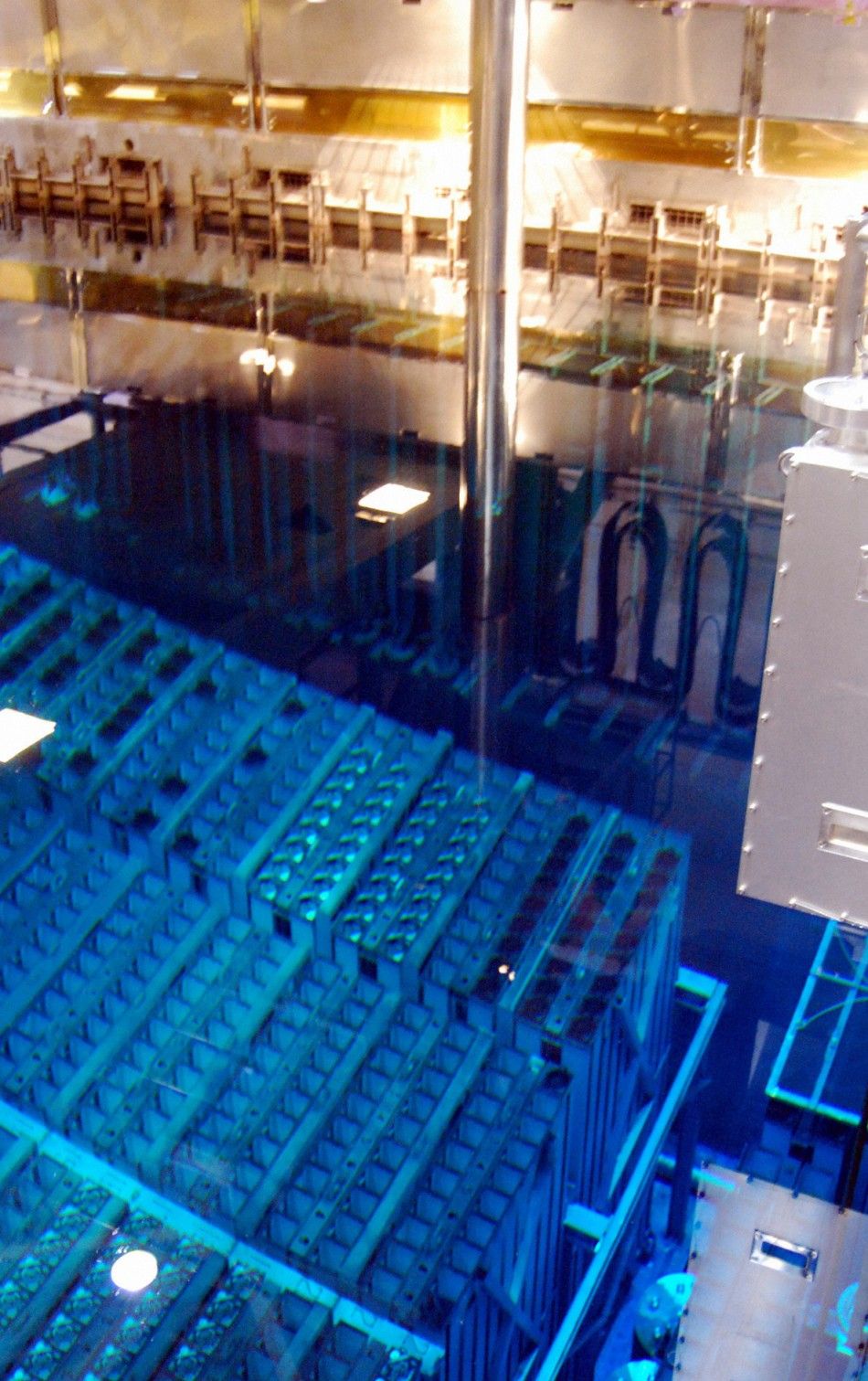Sneak peek into a nuclear reactor [PHOTOS]
Today's efforts to cool the over-heating Fukushima nuclear plant involved three Chinook helicopters which attempted to douse the reactors with sea-water.
Foxnews reported that the operation also involved crew members getting close enough to the reactors as they dumped water on the reactor using water cannons.
Reuters reported that steam coming from the plant could be evaporating from the spent fuel pool. The risk involved is that any steam escaping the plant could spill radiation into the atmosphere. Also Kyodo reported that possibly the primary containment vessel, the first line of defense against a radiation leak, had been breached.
Reuters further reported that there is no water in the spent fuel pool in Reactor No. 4. The reactor number 3 has the highest recorded radiation at the Daiichi plant. Reactor No.1 is where the explosion occurred on Saturday and 70 percent of the nuclear fuel rods in the reactor were damaged. It is also reported that about 33 percent of the nuclear fuel rods are damaged at the No. 2 reactor. Reactor No. 5 and 6 are powered by a diesel generator and are supposed to be less at risk.
While Japan attempts to defer a possible meltdown, other countries are reviewing the possibility of a nuclear 'renaissance'. Countries are questioning the viability of establishing nuclear plants in earthquake-prone terrains.
The crisis has also brought issues of reactor design and regulatory bodies under the scanner. General Electric-built Mark 1 reactor design - which is in use in Fukushima nuclear plant - is under scrutiny as Bloomberg reported that GE's design of the reactor spurred resignation of three employees over concerns that its core might not withstand the loss of cooling system.
While much has been explained about the technical details of the nuclear crisis in Japan, here is a slideshow which reveals the innards of a nuclear reactor:










© Copyright IBTimes 2025. All rights reserved.





















